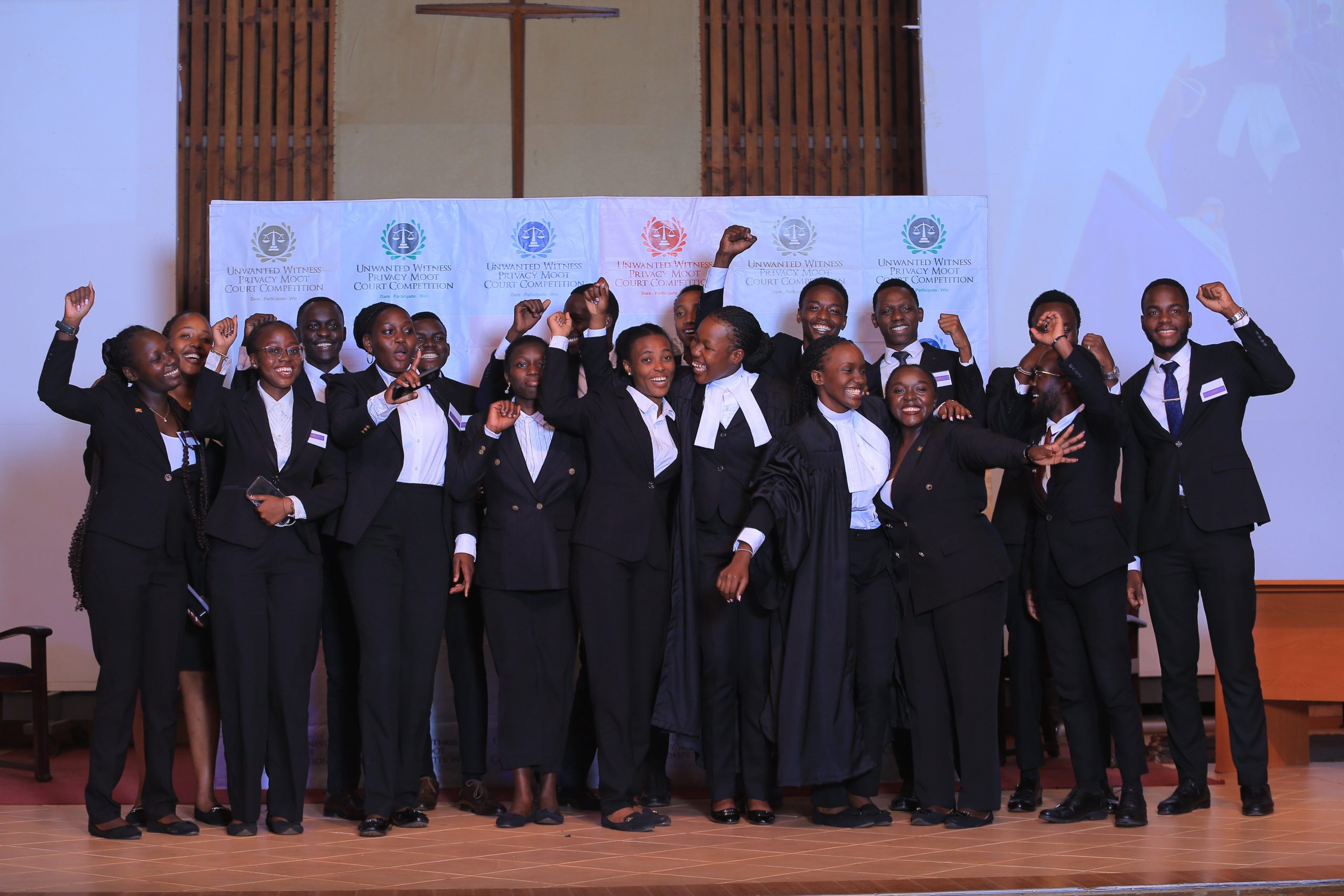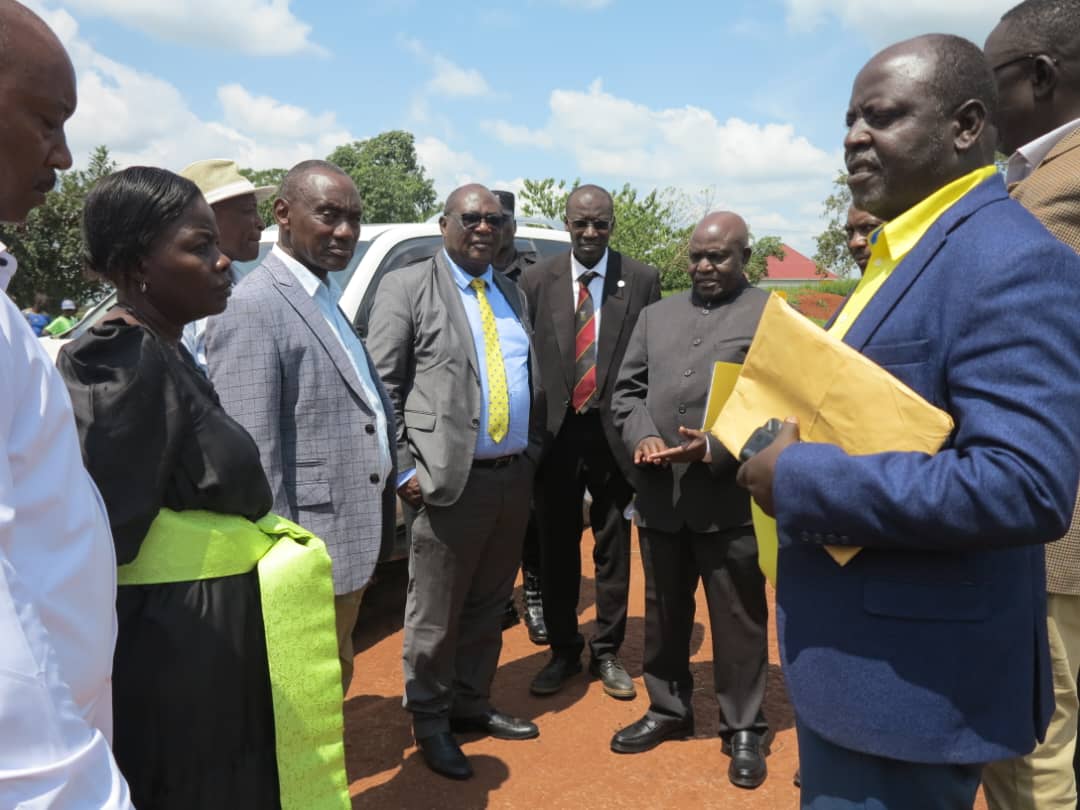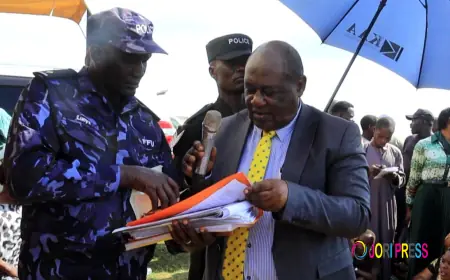A lioness caught on camera reignites hope for lion survival


It’s not just any lioness — it’s a lactating lioness. Caught on camera in a park in the Central African Republic, the big cat has reignited hope in a resurgence of lion populations in Africa.
SPECIAL REPORT | BIRD AGENCY | Once written off as disappearing, lion prides in several African parks and conservancies are beginning to show signs of recovery, according to new surveys and conservation reports. The latest of these signs is from camera trap evidence of a lioness in the Central African Republic’s Bamingui-Bangoran National Park. The remote camera sighted the first female there in six years. Conservationists at the Wildlife Conservation Society (WCS) who released the photo evidence said the lactating state of the lioness suggests cubs are present, raising hopes of a breeding population returning to fragile ecosystems.
“For years we have recorded only male lions, raising concerns about whether breeding females even remained in these parks. The discovery of this lioness, especially one that appears to be nursing cubs, demonstrates that with strong protection efforts, this landscape still has the potential to support a thriving lion population,” said Wildlife Conservation Society Director of Programs for CAR,Armand Luh Mfone, in a statement.
Bamingui-Bangoran National Park is part of north-eastern Central African Republic (NCAR) landscape that spans more than 113,000 square kilometres. It also includes the Manovo-Gounda-St Floris national parks, as well as several faunal reserves and interconnected wildlife zones.
Once widespread, the big cats have now disappeared from more than half of Africa’s nations. Lion populations across Africa have plummeted from about 200,000 a century ago to a high of 23,000 today according to a number of reports that offer different figures. A LionAid 2025 comprehensive compilation of wild lion populations remaining in Africa released in June estimates a total of 13,014 lions in eastern and southern Africa and 342 in western and central Africa where resident lions are highly genetically distinct.
“There is no effective Wildlife Department and levels of commercial poaching are extremely high. There is little to no interest by citizens or government to conserve wildlife,” said the LionAid analysis of Central African Countries.
The International Union for Conservation of Nature (IUCN) lists Lion as “Vulnerable,” putting their recovery score at just 23 to 33 per cent, and classifying their status as “largely depleted.”
Wildlife in the central Africa’s vast savannah and woodland ecosystem is threatened by ivory poaching, bushmeat hunting, and illegal extraction of resources such as charcoal, gold and diamonds. These pressures are compounded by armed groups and regional insecurity. Despite the fragility, the latest photo evidence offers rays of hope and could mark a turning point if protection measures are sustained.
“The habitat remains largely intact, with low human densities, offering an extraordinary chance for recovery. If effectively protected, the two national parks alone could support 500 lions — a crucial boost to the roughly 750 Central African lions surviving across their entire range.” said WCS’s Big Cats Program, Executive Director, Luke Hunter.
In East Africa, there have been signs of lion population recovery in Kenya with Kenya Wildlife Service reports that the country’s lion population has risen by 25 per cent in the past decade, from 2,000 in 2010 to 2,589 in 2020, with further increases in subsequent years. Lewa Conservancy in Kenya reported In May that in the Lewa-Borana landscape, the population jumped from 59 lions in 2023 to 77 in 2024, including 30 births. All these linked to long-term investments in habitat protection and anti-poaching work can yield tangible results. Sheldrick Wildlife Trust said in a statement in August that it was making a tangible difference for lions through its field conservation projects, including it collaboration with Kenya Wildlife Service on Mobile Vet Units that provide emergency field treatment to ill and injured wildlife, including more than 800 lions to date.
“Working closely with KWS, conservation partners and local communities, we provide a rapid ground and aerial response to mitigate human-lion conflict and give big cats safe passage back into parks and protected areas,” the Trust said in a media statement.
A 2024 study published in Conservation Science and Practice portal, while linking prey-depleted ecosystems to reduced lion survival and reproduction, also shared similar sentiments, affirming that high fertility rates and cub recruitment were substantially higher in well-protected areas, and increased in recent years with increased protection effort.
“Our results demonstrate that increasing protection is likely to improve lion demography over large areas,” the authors of the study.
Wild Africa is also pushing for concerted conservation efforts to spur tourism which is a lifeline for many African economies, particularly Kenya, Tanzania, Botswana and South Africa. The big cats are often the centre piece of safari experiences, generating millions in revenue annually for these destinations.
“Lions are the top draw for wildlife tourism in Africa, yet they’re now extinct in over half the continent’s countries. Protecting lions means protecting jobs, ecosystems and a key part of Africa’s identity,” said Wild Africa Chief Executive Officer and co-founder, Peter Knights.
The LionAid’s 2025 report highlights that of the 48 continental African nations, lions are extinct in 26, survive in highly vulnerable small populations in 12, and exist in relatively stable numbers in just 10.
Only five areas across the continent boast populations above 1,000 lions, including the Serengeti-Mara ecosystem straddling Kenya and Tanzania, and South Africa’s Kruger National Park.
****
bird story agency
































































